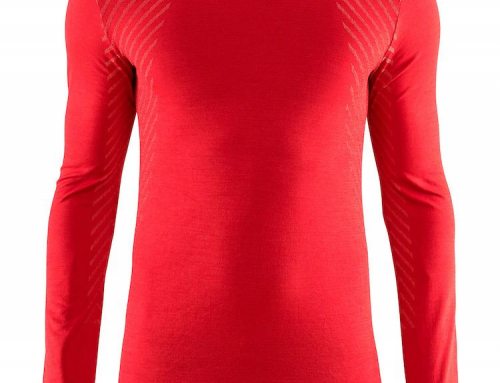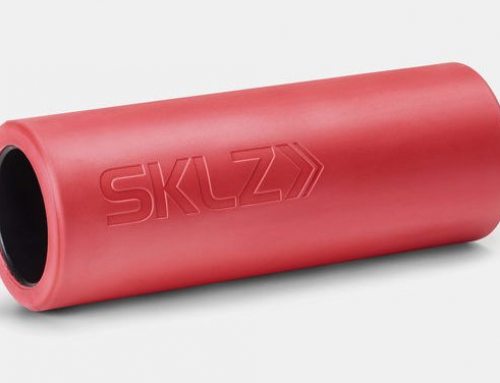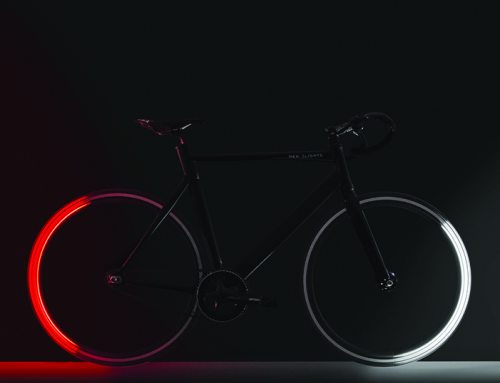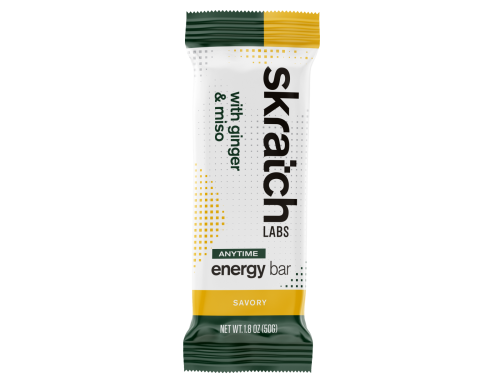By Cid Cardoso, Jr.
I’m often asked by novice triathletes whether they should invest in an entry-level road bike or an entry-level tri bike. The answer is that it depends mostly on budget and goals.
Entry-level tri bikes often create some sticker shock to those new to the sport, since they tend to be about $600 more expensive than the entry-level road bikes ($1,400 as opposed to $800). However, once they are compared accurately, one notices that entry-level tri bikes often include higher-end components and more aero parts and shapes, such as the tubes that make up the frame, the base bars, and wheels. These contribute to the increase in price, as aero tubes cost more to make than round tubes, while the same is generally the case with rims, bars, etc. Regarding goals, my feeling is that if a novice athlete is simply looking at doing his or her first triathlon, wants to get more familiar with cycling, will likely do one or two triathlons per year max, and is primarily interested in racing but not all out speed (at least in the short term), then the road bike is the appropriate choice. If, on the other hand, the novice is already hooked on triathlons, has signed up for 5 races, and badly wants to beat their training partner or place in their age group, then a tri-specific bike may be a better choice. This can save another purchase 6 months down the road.
Two of my favorite bikes that retail for under $1800 are the Felt S32 (retail $1,399) and the Cervélo P1 (retail $1,700). These two companies use different approaches in putting together these bikes. Felt decided to put together a functional entry-level triathlon bike with some desirable aerodynamic characteristics and the lowest price possible. Cervélo focused on aerodynamics and performance first, with price being secondary. They opted for more brand-name parts and slightly higher-end components, and let the price fall wherever that may be.
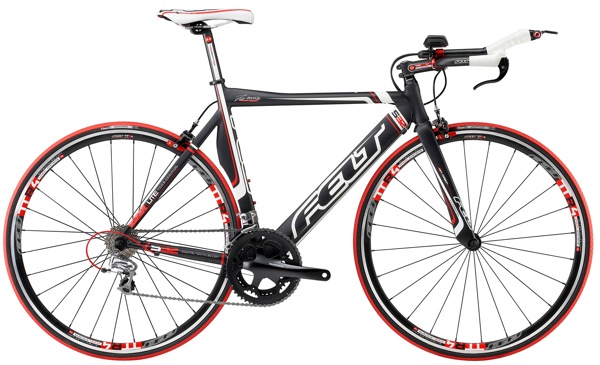
Both of these frames are made out of aluminum, and they both come with carbon-bladed forks. Cervélo’s frame uses a more airfoil shape and internally routed cables for increased aerodynamic performance. Felt’s tubes are also aero-shaped to reduce air drag, but its cables are externally routed. The Cervélo P1 uses an aluminum aero seatpost while the Felt S32 uses an aluminum round seatpost. Cervélo decided to go with Shimano Ultegra derailleurs and a 105 cassette and chain, while Felt decided to go with all Shimano 105 in the drive train. The big difference, however, is in the bar end shifters. Shimano has always only offered a bar-end shifter in the Dura Ace group, which is the most expensive one. By making them compatible with Ultegra and 105 derailleurs, Shimano basically forced bike companies to use the Dura Ace bar-end shifter, often making the overall bike price higher. In 2010, Felt decided to use bar end shifters from a company named Microshift, which is somewhat new to the market. Although these bar-end shifters look nice and work well enough for most riders, they are definitely not as crisp and precise (and probably not as durable) as the Shimano Dura Ace ones.
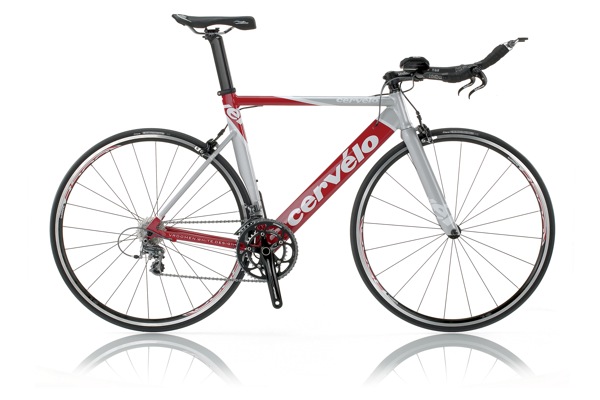
The other significant difference between these bikes is their companies’ choices on other parts, such as wheels, bars, aerobars, brake levers, and seatpost. A few years back, Felt started producing their own branded parts. The reasons behind these are likely cost (they can produce them cheaper than what they can purchase similar parts for from other companies) and branding. Felt feels that having saddle and wheels and stems and seatposts with the Felt name and logo enhances the overall look and appeal of the bike. Cervélo, on the other hand, decided to stick with what they do best, making framesets. They relied on other companies to supply the rest. As a result, they use Shimano wheels, VisionTech bars, aerobars, stem, and brake levers, and a San Marco saddle. This probably comes at a higher cost (thus the higher bike retail), but in my opinion is a better way to go. Using non–bike brand specific parts gives the retailer far greater flexibility in fitting and in the exchanging of parts. Changing stems (to one of a different length or rise) during a bike fit is almost a given, in order to accommodate the rider’s individual characteristics. Felt’s brand-specific stems are more limited in options. Their bars, saddle, and wheels are not necessarily function-deficient, but since they are Felt specific, shops are not able to take them back for a credit. They are not resellable and cannot be used on different brand bikes. With Cervélo, by contrast, if a customer desires a different set of aerobars, the shop can give the customer a corresponding credit for the VisionTech ones that will not be used.
When it comes to ride, the two bikes get the job done, although I prefer the P1. To me, the greater lateral stiffness on the P1 (from the bike’s small rear triangles and Cervélo’s unique “Smartwall” tubes) is noticeable, especially when climbing and pounding at higher speeds. A less-experienced rider, however, will likely not feel this difference and may actually prefer the “softer” ride of the S32. The cockpit setup (bar, aerobar, stem) of Felt-branded parts on the S32 is actually quite functional. The hooded base bar/brake lever combination works well and provides a stable, easy-to-grip position. The aerobar requires some adjusting and cutting (since it’s a one-size-fits-all), but also works fine and provides enough flexibility to accommodate most riders. With the P1 cockpit I have no complaints at all, as the VisionTech parts often found on higher-end bikes are a perfect combination of light weight, comfort, and aerodynamics. The only minor issue is that the aerobars are available in four different lengths so depending on the dimensions of the rider, they may have to be switched out from the one initially mounted on the bike. The greatest difference regarding the components is on the shifting. If one does not know any better, the Microshift bar end shifters work OK. However, once you ride a bike equipped with the Dura Ace shifters, the difference is significant. The shifting is quicker and more exact, especially when trimming on the front derailleur. Another difference to note is that the Felt S32 comes with regular cranks, while the Cervélo P1 comes with compact cranks. Regular cranks are normally more suited for riders who tend to push bigger gears and ride and race in flatter terrain while compact cranks tend to work better for riders who like to spin a little more and ride and race on rolling or hillier terrain.
Overall, both of these bikes are exceptional-quality tri (or time trial) bikes for under $1,800. If one is looking for the basic function at the lowest price, the Felt S32 is the best choice. However, when the price difference is analyzed, one will see that the Cervélo P1 offers every bit of value, if not more. Furthermore, if any changes from the original spec are desired, than the P1 will surely be the more advantageous package to the customer, from a pricing point of view.
# # #
Cid Cardoso Jr., owner of Inside Out Sports, has been doing triathlons for over twenty years. Last October, he competed in his 21st Ironman—his sixth appearance at Kona. A veteran of ultramarathons, he has competed in Team RAAM twice. He has seen equipment evolve with the sport and continues to test new products to assess their impact on performance. He trains, works, and resides in Cary, NC, with his wife, two daughters, and son. You can reach him at cidjr@insideoutsports.com.


